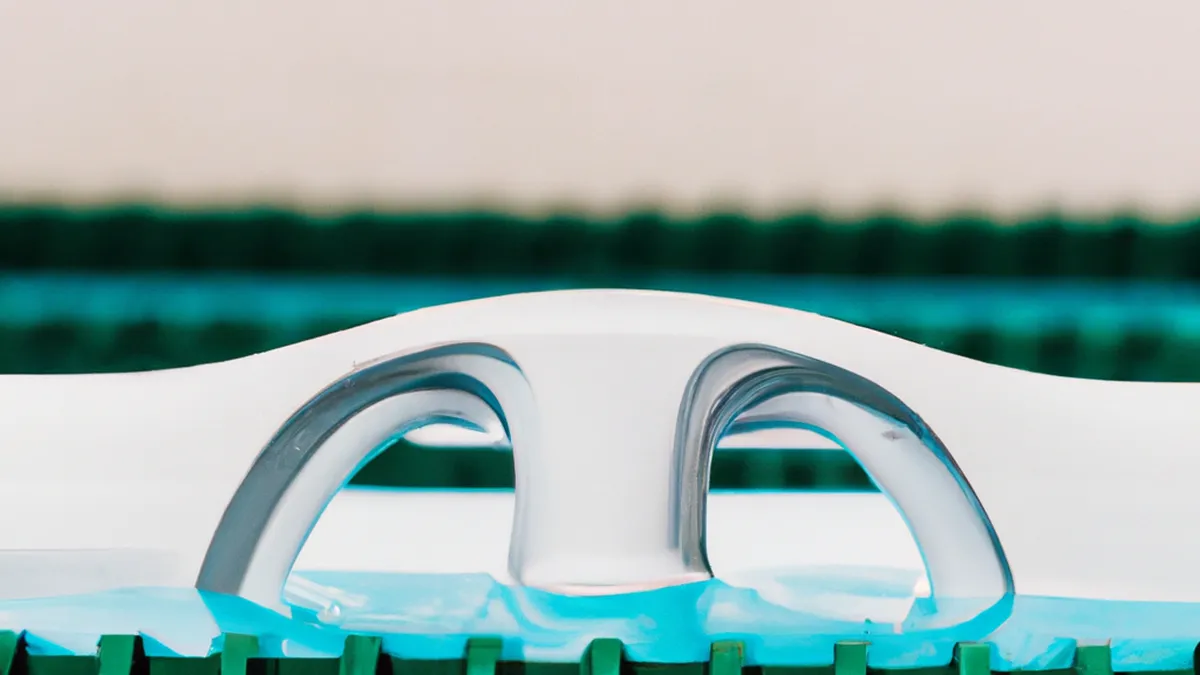Ice Baths: A Guide for Serious Athletes
Utilizing Ice Baths EffectivelyAthletes, fitness enthusiasts, and casual gym-goers increasingly use ice baths. Some athletes believe in their recovery benefits, while others doubt them. You must understand how to use ice baths correctly to maximize benefits and minimize risks. This blog guides you through effective practices, tips, and the science behind ice baths.
Understanding Ice Baths
Ice baths, or cold water immersion, involve submerging your body in ice-cold water. The temperature usually ranges from 50 to 59 degrees Fahrenheit (10 to 15 degrees Celsius). Athletes often use ice baths following intense workouts, believing they reduce muscle soreness and speed recovery.Research supports some claims about ice baths. Cold exposure constricts blood vessels, reducing swelling and inflammation. It may also decrease muscle damage and soreness after exercise. However, improper use can lead to negative effects, such as prolonged numbness or frostbite. Therefore, understanding proper use is crucial for anyone seeking recovery benefits.
Tips for Taking an Ice Bath
As an Amazon Associate I earn from qualifying purchases.
Gear tip: consider ice bath tub, waterproof thermometer, and circulation pump to support this topic.
1. **Prepare Your Space** First, find a suitable location for your ice bath. This could be a bathtub, large container, or specialized ice bath tub. Ensure you have ice and water. Fill your tub or container with cold water, then add ice to reach the desired temperature. Use a thermometer to accurately gauge the water temperature.2. **Know Your Duration** Most experts recommend staying in the ice bath for 10 to 15 minutes. Beginners should start with shorter durations, around 5 to 7 minutes, to acclimate to the cold. Gradually increase the time as your body adjusts.3. **Monitor Your Body** Always listen to your body. If you feel extreme discomfort, get out immediately. Symptoms like numbness, tingling, or sharp pain signal you need to leave the bath. Your safety comes first, so avoid overexposure.4. **Warm Up Afterward** After your ice bath, warm up your body. Use a warm shower, wrap in blankets, or drink a warm beverage. This helps restore blood flow and comfort, allowing your body to return to normal effectively.
Best Practices for Ice Bath Success
1. **Timing is Key**
Timing greatly influences the effectiveness of ice baths. To maximize recovery benefits, take an ice bath within 30 minutes after your workout. This post-exercise window is crucial because your body remains in a heightened state of inflammation and muscle fatigue. Delaying the bath may reduce its impact on muscle soreness and recovery.
2. **Combine with Other Recovery Techniques**
Conclusion
In summary, effective ice bath use requires proper understanding and practices. Follow these tips to enhance your recovery experience.
Below are related products based on this post:
FAQ
What are ice baths and how are they used?
Ice baths, or cold water immersion, involve submerging the body in ice-cold water, typically between 50 to 59 degrees Fahrenheit. Athletes often use them after intense workouts to reduce muscle soreness and speed up recovery.
How long should I stay in an ice bath?
Experts recommend staying in an ice bath for 10 to 15 minutes. Beginners should start with shorter durations of 5 to 7 minutes to allow their bodies to acclimate to the cold.
What should I do after an ice bath?
After an ice bath, it is important to warm up your body. You can take a warm shower, wrap yourself in blankets, or drink a warm beverage to restore blood flow and comfort effectively.















Post Comment